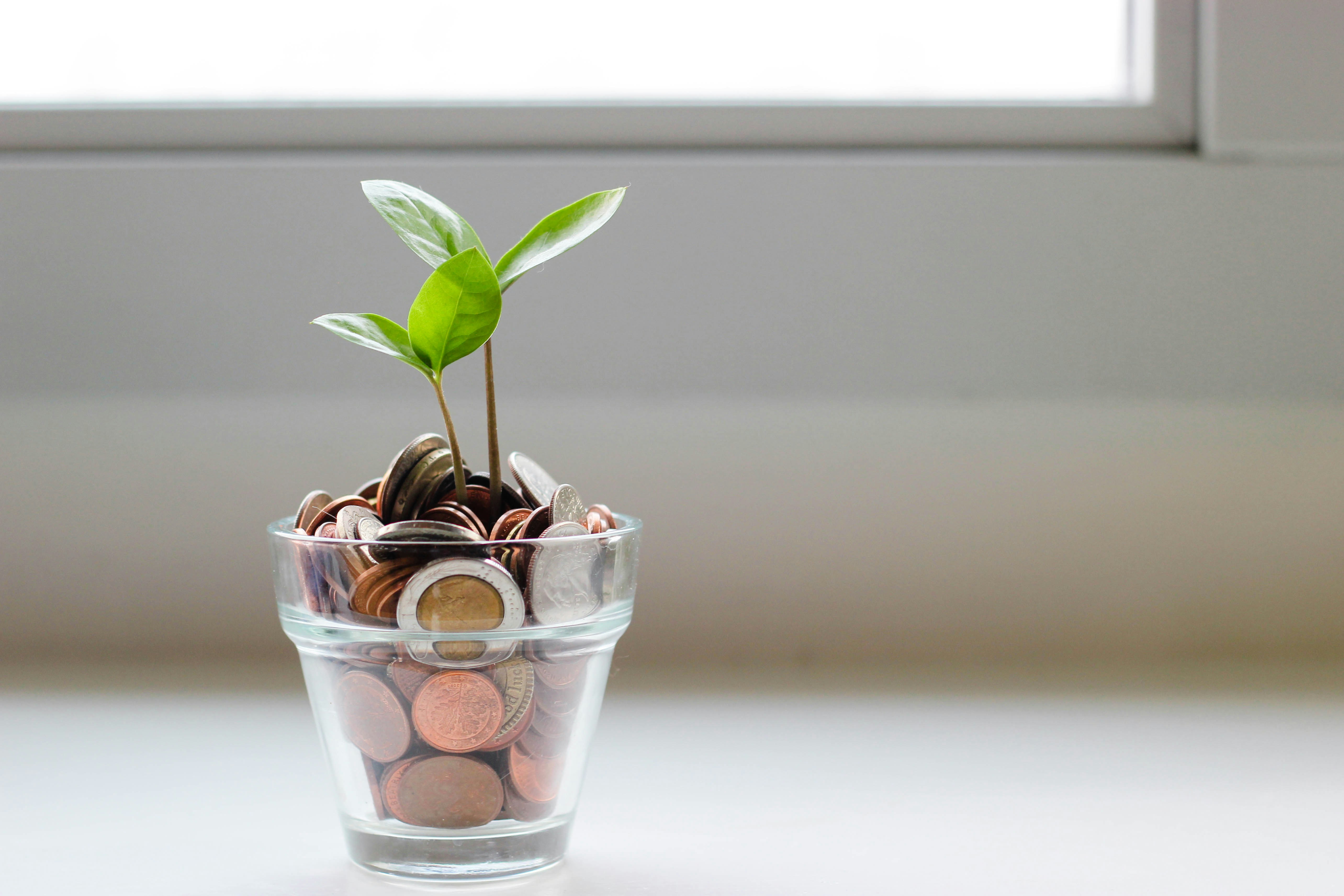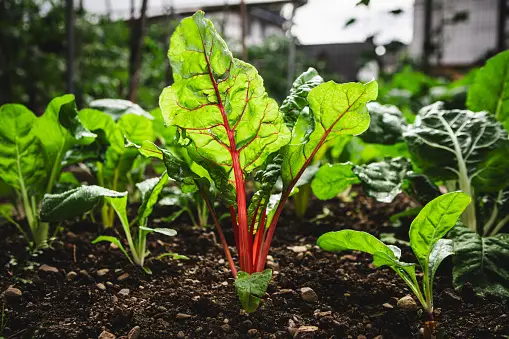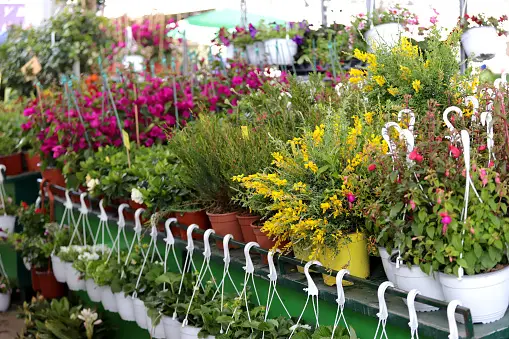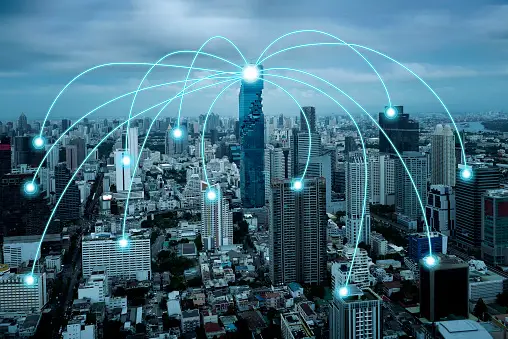Aquaponics unites fish farming and soilless plant cultivation in a closed-loop urban system for sustainable food production.
Introduction:
Living in the urban jungle often means sacrificing outdoor space for a concrete abode. However, aquaponics presents a unique opportunity for city dwellers and apartment gardeners to grow their own food. This ingenious system combines fish farming (aquaculture) with soilless plant cultivation (hydroponics), creating a closed-loop ecosystem that yields both protein and veggies. As urban agriculture gains traction, aquaponics in small spaces offers an exciting avenue to embrace sustainability, reconnect with our food sources, and redefine what it means to nurture a green thumb amidst the concrete chaos.
In this symbiotic setup, the waste produced by fish serves as a natural fertilizer for the plants, while the plants purify the water for the fish, mimicking the harmonious relationships found in natural aquatic ecosystems. The fish tank lies at the heart of the system, housing edible species like tilapia or koi. Their waste, rich in ammonia, is pumped into a biofilter where beneficial bacteria convert it into nitrates – a form of nitrogen that plants readily absorb. This nutrient-rich water then flows into the grow beds, nourishing a variety of vegetables, herbs, and even fruits. As the plants consume the nitrates, they simultaneously filter and purify the water, which is then recycled back into the fish tank, completing the loop.
In an era where urbanization is on the rise and access to fresh, locally grown produce can be a challenge, aquaponics offers a compelling solution for city dwellers. By utilizing vertical space and compact designs, these systems can thrive in even the smallest of apartments or balconies, enabling urban gardeners to grow their own food right at home. This not only promotes food security and reduces the carbon footprint associated with long-distance transportation, but it also fosters a deeper connection to the sources of our sustenance.
In this symbiotic setup, the waste produced by fish serves as a natural fertilizer for the plants, while the plants purify the water for the fish, mimicking the harmonious relationships found in natural aquatic ecosystems. The fish tank lies at the heart of the system, housing edible species like tilapia or koi. Their waste, rich in ammonia, is pumped into a biofilter where beneficial bacteria convert it into nitrates – a form of nitrogen that plants readily absorb. This nutrient-rich water then flows into the grow beds, nourishing a variety of vegetables, herbs, and even fruits. As the plants consume the nitrates, they simultaneously filter and purify the water, which is then recycled back into the fish tank, completing the loop.
In an era where urbanization is on the rise and access to fresh, locally grown produce can be a challenge, aquaponics offers a compelling solution for city dwellers. By utilizing vertical space and compact designs, these systems can thrive in even the smallest of apartments or balconies, enabling urban gardeners to grow their own food right at home. This not only promotes food security and reduces the carbon footprint associated with long-distance transportation, but it also fosters a deeper connection to the sources of our sustenance.
What Is Aquaponics and How Does It Work?
Aquaponics is a portmanteau of "aquaculture" (fish farming) and "hydroponics" (soilless plant cultivation). In this symbiotic system, the waste produced by fish serves as a natural fertilizer for the plants, while the plants help purify the water for the fish. This cycle mimics the relationships found in natural aquatic ecosystems, creating a harmonious and efficient way to grow both fish and plants together.
At the heart of an aquaponics setup lies the fish tank, where edible species like tilapia or koi are raised. The fish waste, rich in ammonia, is pumped into a biofilter, where beneficial bacteria convert it into nitrates – a form of nitrogen that plants can readily absorb. This nutrient-rich water then flows into the grow beds, nourishing a variety of vegetables, herbs, and even fruits. As the plants consume the nitrates, they simultaneously filter and purify the water, which is then cycled back into the fish tank, completing the loop.
Why Does Aquaponics in Small Spaces Matter?
In an era where urbanization is on the rise and access to fresh, locally grown produce can be a challenge, aquaponics offers a compelling solution for city dwellers. By utilizing vertical space and compact designs, aquaponics systems can thrive in even the smallest of apartments or balconies, enabling urban gardeners to grow their own food right at home. This not only promotes food security and reduces the carbon footprint associated with long-distance transportation, but it also fosters a deeper connection to the sources of our sustenance.
Moreover, aquaponics in small spaces aligns with the principles of circular economy, minimizing waste and maximizing resource efficiency. Instead of discarding fish waste, it becomes a valuable input for plant growth, and the water is continuously recycled, significantly reducing the system's overall water consumption.
How Can Apartment Dwellers Approach Aquaponics?
While the concept may seem daunting, aquaponics in small spaces is surprisingly accessible and can be tailored to fit various living situations. Here are some common approaches:
1. Tabletop Systems: For those with limited floor space, compact tabletop aquaponics units can be set up on countertops or shelves. These self-contained kits often include a small fish tank, grow bed, and all the necessary components for a miniature ecosystem.
2. Vertical Towers: Vertical aquaponics systems maximize growing space by stacking multiple grow beds or towers above the fish tank. This design not only saves floor area but also creates a visually striking and space-efficient garden.
3. Indoor Greenhouse: For larger apartments or lofts, an indoor greenhouse or grow tent can be dedicated to housing a more extensive aquaponics setup, complete with lighting and climate control.
4. Outdoor Balcony Systems: If outdoor space is available, balconies or patios can be transformed into urban aquaponics gardens, utilizing sunlight and fresh air to nurture the plants.
What Challenges Might Aquaponic Gardeners Face, and How Can They Be Addressed?
Like any gardening endeavor, aquaponics in small spaces comes with its own set of challenges. However, with knowledge and proper planning, these obstacles can be overcome:
1. Space Constraints:
Challenge: Limited square footage can restrict the size of the system and the number of plants and fish that can be accommodated.
Solution: Implement space-saving designs, such as vertical towers or modular systems that can be expanded over time. Additionally, carefully select plant and fish varieties suitable for the available space.
2. Water Quality Management:
Challenge: Maintaining the delicate balance of water chemistry and ensuring optimal conditions for both fish and plants can be complex.
Solution: Invest in high-quality testing kits and learn about the nitrogen cycle, pH levels, and other water parameters. Join online communities or attend workshops to gain knowledge from experienced aquaponic gardeners.
3. Lighting Requirements:
Challenge: Indoor systems may require supplemental lighting for plant growth, which can increase energy consumption and costs.
Solution: Explore energy-efficient LED grow lights or strategically position the system near natural light sources. Consider incorporating automated lighting systems for optimal control and efficiency.
4. Noise and Odor Concerns:
Challenge: The pumps and filtration systems in aquaponics setups can generate noise and, if not managed properly, unpleasant odors.
Solution: Choose low-noise pumps, insulate the system with sound-dampening materials, and ensure proper maintenance to prevent buildup of organic matter that can lead to odors.
5. Initial Investment:
Challenge: Setting up an aquaponics system can require an upfront investment in equipment, materials, and live components (fish and plants).
Solution: Start small with a tabletop or beginner kit, and gradually expand as your skills and resources allow. Consider DIY options or secondhand equipment to reduce costs.
Who Can Practice Aquaponics in Small Spaces?
The beauty of aquaponics in small spaces lies in its accessibility. Whether you're a seasoned gardener or a complete novice, an urban dweller or a suburban homeowner, this practice can be embraced by anyone with a passion for growing their own food and a willingness to learn. From families looking to involve their children in sustainable living to apartment dwellers seeking a green oasis in the city, aquaponics offers a rewarding and educational journey for individuals of all ages and backgrounds.
Conclusion:
Aquaponics in small spaces represents a paradigm shift in how we think about urban agriculture and our relationship with food production. By combining the ancient practices of aquaculture and hydroponics, this innovative approach empowers city dwellers to grow fresh, nutritious produce and raise fish in harmony, all within the confines of their homes. More than just a gardening technique, aquaponics in small spaces is a celebration of self-sufficiency, sustainability, and the enduring human desire to nurture life. As our cities continue to grow and resources become increasingly scarce, this practice offers a glimpse into a future where urban landscapes are enriched with thriving ecosystems, where the line between producer and consumer blurs, and where the simple act of growing our own food becomes a profound act of connection with the natural world.


.jpeg?locale=en)























